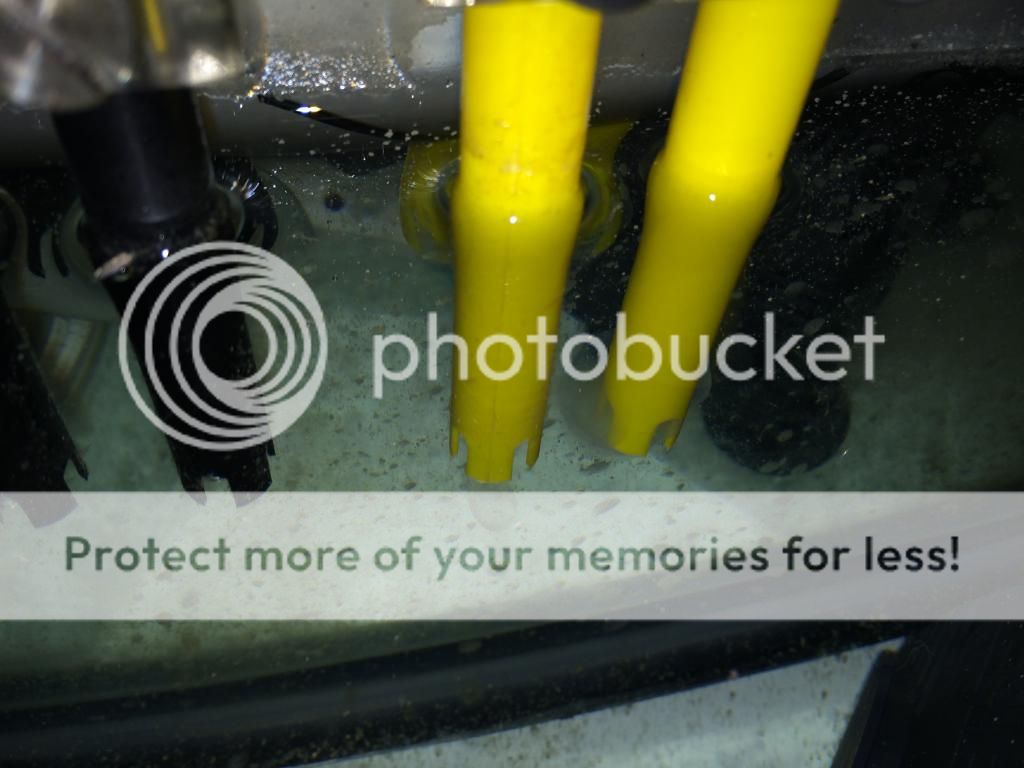A. Grandis
Active member
Further, bacteria will coat just about anything int eh tank, even if that wasn't its origin.
FWIW, I've never seen or heard of this happening.
The gel is nowhere else in the system that you can see?
I though I've seen some on the ORP probe, but took a closer look and there is nothing there.
I had similar gel formation in the past on another Pinpoint pH probe, but not as thick.
Tank is 6+ year old. No, the gel nowhere else in the system, as far as I can see.
I've got many types of inverts on my artificial rocks introduced with natural water through the years, like sponges, snails, hydroids, worms, etc...
Sand is thin, oolitic sugar size aragonite, about an inch to inch 1/2 high. No signs of bacterial films on/in the sand at all. System is well fed and clean, algae free, with healthy organisms.
I'm still trying to connect the chemistry around the glass bulb attracting that specific bacteria and allowing a perfect environment for it.
Indeed very interesting.
I've contacted Milwaukee about that to see what they think, but they didn't reply yet.
I was thinking to purchase the new pH monitor from Milwaukee and see what happens.
I'll keep you posted.:thumbsup:
Grandis.

